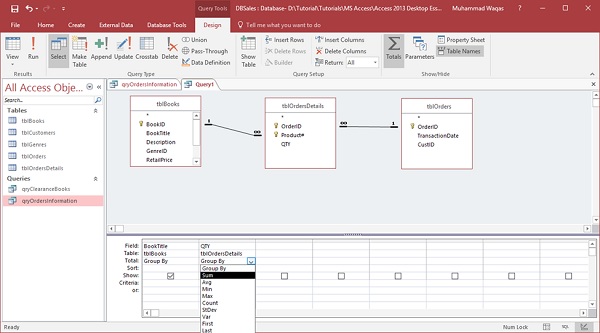Microsoft Access GROUP BY Query

Microsoft Access is a relational database management system that is widely used in various organizations, businesses, and institutions. One of the crucial features of Access is the GROUP BY query. It refers to a powerful and essential SQL command that is used to group data based on particular criteria.
Essentially, the GROUP BY query enables users to group data based on common values, such as sums, counts, averages, or other mathematical operations. This query is helpful when it comes to organizing data into more manageable sections, allowing for more effective analysis and reporting. By grouping data in this way, users can quickly identify trends, patterns, and outliers that might be difficult to spot when examining raw data.
One of the primary benefits of using the GROUP BY query is that it allows users to summarize data quickly and easily. Rather than looking at long lists of data, users can group data by particular fields and then display summaries of each group. For example, if an organization wants to know how many customers it has in each state or province, they can group customer data by state or province field and then use the COUNT function to determine the total number of customers in each category.
In addition to providing summaries of data, the GROUP BY query is also useful for identifying trends and patterns in data. Organizations can use this query to determine the most popular products or services, the busiest times of day, or the customers with the highest revenue. By grouping data based on different criteria, it is possible to identify patterns and trends that might have otherwise gone unnoticed.
When implementing the GROUP BY query in Access, the user must specify which fields should be used for grouping the data. This query can be used with any kind of data in Access, whether it is from a single table or multiple tables. However, it is important to note that the query can become more complex when working with multiple tables, and it is vital to ensure that tables are related correctly.
In summary, the GROUP BY query is a powerful tool that can help organizations better understand their data. It allows users to organize data into more manageable sections and to identify patterns and trends that may be difficult to detect otherwise. By mastering this query, organizations can leverage the power of their data to make more informed decisions and gain a competitive advantage.






